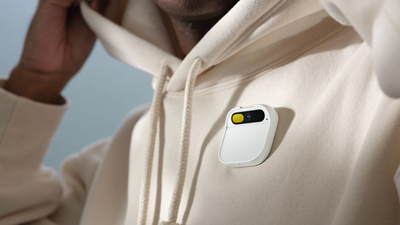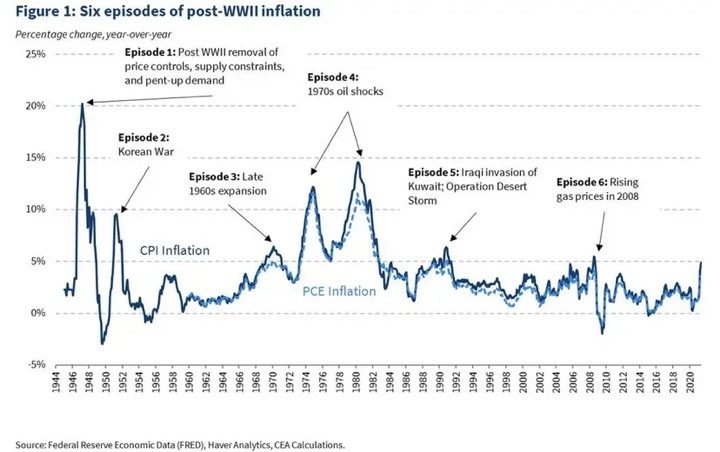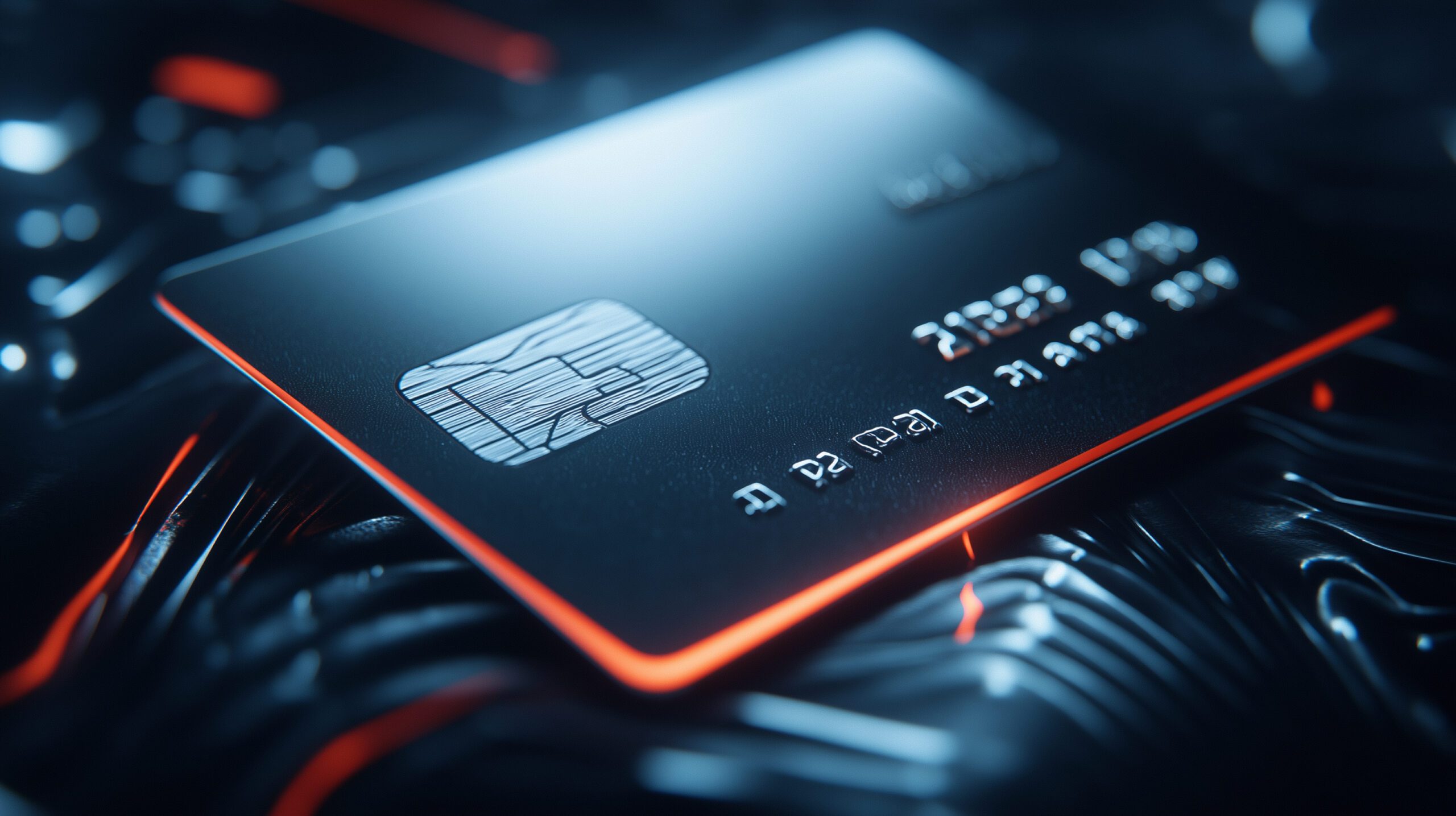Last week, I talked about Nvidia’s staggering $44 billion quarter, and how it was driven almost entirely by demand for AI infrastructure.
But I noted that the real story wasn’t in the numbers.
It’s what CEO Jensen Huang said about Tesla’s humanoid robot, Optimus, and how it might be the first AI-native machine to achieve scale.
This is extremely important when you think about where we are in the arc of AI development.
Because it shows that we’re moving beyond chatbots into the era of real-world AI applications…
And real-world augmentation.
Your Personal Encyclopedia
Remember when learning about polar bears meant flipping through an encyclopedia?
Those days are over.
Today, AI can provide you with real-time information with just a photo or a question.
For instance, I recently used ChatGPT to identify a mysterious bug nest in my yard.
Years ago, I might’ve fallen down a YouTube rabbit hole trying to figure out whether this weird nest was about to hatch something out of Stranger Things.
Now, I can simply point my phone at it and ask ChatGPT what it might be.
That’s exactly what I did. And in mere seconds it suggested a few possibilities. It even told me which insect species are common in subtropical coastal regions like mine…
And which ones to worry about if I have pets.
But that barely scratches the surface of what AI has helped me with recently.
I’ve used it to compare the value of an umbrella at Costco to other options.
AI has given me insight into my puppy’s quirky behaviors…
It has even helped me understand my parents’ medical conditions.
This is why I’m so bullish on AI. Because it knows way more than even the best encyclopedia set.
And because you can carry it with you, it removes the friction between curiosity and knowledge.
But in the coming years, I believe every trace of that friction will eventually go away.
Here’s what I mean…
Since the internet boom of the 1990s, technology has increasingly become an extension of our thinking.
And as AI starts remembering prior conversations, like the latest release of ChatGPT does, it will become even more like a digital assistant that helps us navigate the real world.
Right now, though, AI mostly lives on your screen.
But I believe that the next wave of functional AI will be wearable.
Google tried this with its failed Google glasses.
Meta sells its own smartglasses, although its functionality is still somewhat limited.
And last year, OpenAI-backed startup Humane launched a wearable AI pin that was meant to be clipped onto your shirt.
Source: Humane
This tiny projector and voice assistant was designed to reduce your screen time while giving you real-time answers and assistance.
It was a bold idea… but it was a flop.
But that doesn’t mean wearables are a bad idea.
It just shows you that these initial attempts at wearable AI are bound to get better. Think of them like the precursors to smartphones that were the size of bricks…
Source: Motorola
They were functional, but not that practical. But the iPhone changed everything.
Fortunately for us, the iPhone equivalent for AI wearables should be here a lot faster.
A few weeks ago, Open AI’s CEO, Sam Altman, announced a partnership with Jony Ive, who helped design the iPhone when he worked for Apple.
They’re working on a yet-to-be-announced AI wearable that is rumored to see everything in its user’s lives. Altman has apparently told his staff he intends to ship 100 million of these devices.
And if his prediction is right, it could be the start of a tidal wave.
Analysts estimate the wearable AI market will grow from approximately $21 billion in 2022 to over $166 billion by 2030.
Why?
Because as much as we love our smartphones, they still cause friction.
You have to stop what you’re doing, unlock your phone and open an app.
Wearables remove that friction. In other words, the next generation of personal agents will see, hear and respond to the world along with you.
But that doesn’t mean you’re handing over control to AI…
Here’s My Take
One of the founding principles of Burning Man is “radical self-reliance.”
It’s the idea that, with the right tools, we can shape our own experience.
AI is becoming that kind of tool.
It’s what allows a kid with no coding experience to build a mobile app, or a parent to diagnose a rash on their toddler’s arm at 2 a.m. without having a WebMD related panic attack.
It’s radical self-reliance powered by software.
It also represents a future that’s tough for most of us to reconcile. After all, if you grew up with an encyclopedia on the shelf, you were taught that learning meant searching for knowledge.
But AI flips that around.
Today, learning means knowing what to ask and what to do with the answer.
AI is here to augment us. And as the interface gets smarter — embedded in our wearables, our homes and our workflows — it’s going to enable us to be a lot more self-sufficient.
That’s why I’m not scared of AI.
And why I use it practically every day.
It doesn’t mean I’m becoming obsolete…
I’m just evolving.
Regards,
Ian King
Chief Strategist, Banyan Hill Publishing
Editor’s Note: We’d love to hear from you!
If you want to share your thoughts or suggestions about the Daily Disruptor, or if there are any specific topics you’d like us to cover, just send an email to [email protected].
Don’t worry, we won’t reveal your full name in the event we publish a response. So feel free to comment away!
Disclaimer: This story is auto-aggregated by a computer program and has not been created or edited by finopulse.
Publisher: Source link








